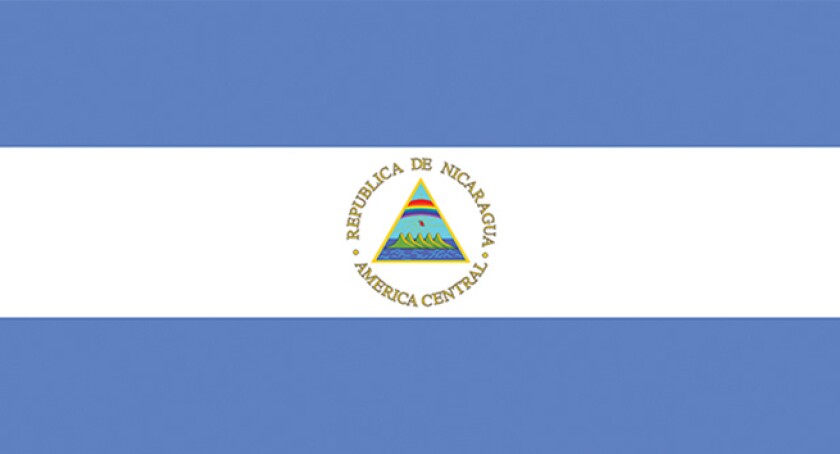TowerXchange: Guillermo, what is IFC’s view on Nicaragua?
Guillermo Mulville, TMT Sector Lead Latin America, IFC:
Nicaragua is the largest country in Central America, although with only six million inhabitants it is not densely populated. A GNI per capita of around US$1,800 makes it a lower-middle income country.
Although the telecoms sector accounts for a comparatively high percentage of the country’s GDP, by regional standards it is quite small, with combined revenues of less than US$1bn. Despite its size, the sector is showing healthy growth and, as expected, mobile data is driving a significant part of it. Fixed line penetration in Nicaragua is very limited, and about three-quarters of industry revenues are coming from mobile.
The mobile telephony sector is showing faster growth than in the rest of the region. Last year, half a million subscribers were added and SIM penetration is now around 120%. As expected, most of the subscriber base is prepaid, and ARPUs are around US$7, increasingly sustained by data.
TowerXchange: What does the Nicaraguan mobile sector look like?
Guillermo Mulville, TMT Sector Lead Latin America, IFC:
Nicaragua’s mobile telephony market is still very concentrated and is in essence a duopoly. Claro has a bit over half of all subscribers in mobile, but remains the overall undisputed market leader in the industry, to a large extent as a result of its early entrance following the privatisation of the state-owned incumbent in the 90s. Claro now offers multiple services, including fixed, mobile, Pay TV and broadband. The balance of the mobile market is predominantly in the hands of Movistar.
To foster competition and sustain sector growth, regulator Telcor has issued a number of licenses. For example, both Claro and Movistar were awarded 700MHz spectrum in 2011. Interestingly, Chinese telecoms group Xinwei was given a third mobile license in the 1785-1805MHz band. Despite having obtained its license in 2012, it has not launched yet, but it is already rolling out a network with the expectation of being operational before year-end 2015.
Xinwei is committed to making important investments. We expect them to compete based on price, but also to place particular focus in rural areas, thus helping reduce the large digital divide. Finally, the Nicaraguan mobile broadband market benefits from the presence of Russian-owned Yota, which obtained its license in 2009.
TowerXchange: What is the likely impact of Xinwei on the local telecom and tower sectors?
Guillermo Mulville, TMT Sector Lead Latin America, IFC:
Xinwei’s entry into Nicaragua is already having a catalytic effect on investments. Although it is unclear how much Xinwei’s network will cost, we believe the amounts will be significant. In any event, further to Xinwei’s network roll-out, Movistar and Claro would be expected to accelerate their LTE roll-out plans. Of course, the above dynamics should contribute to fuelling the demand for cellular towers.
Despite the relatively small size of market, Nicaragua has an active independent tower market, with four players. We understand that of the almost 1,000 towers in the country, more than half are owned by towercos. All such operators have regional operations, with SBA leading the pack.

